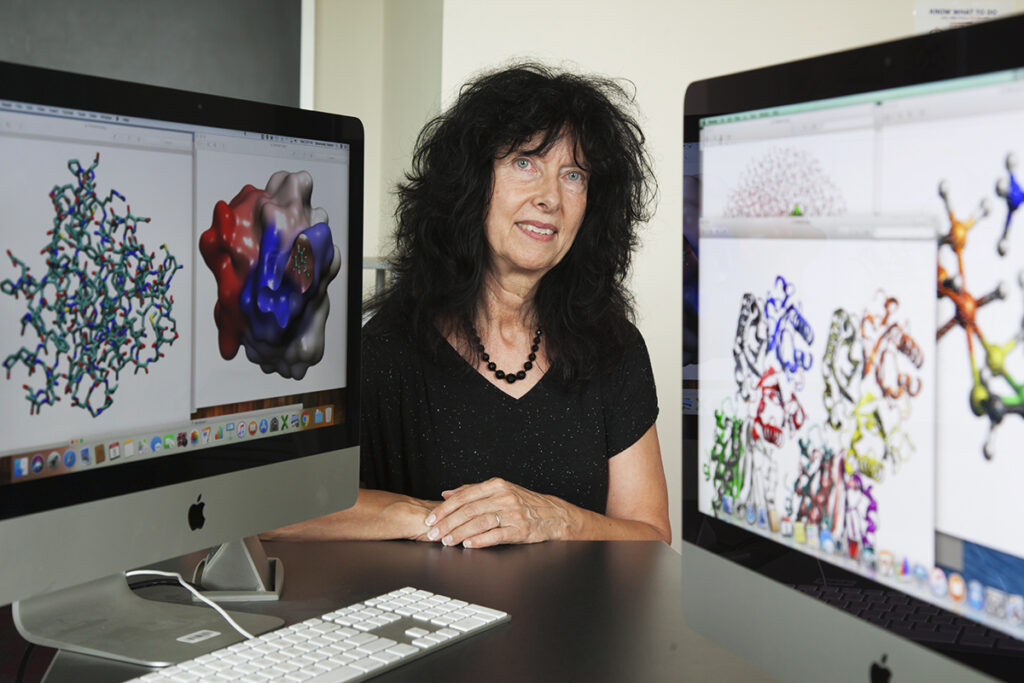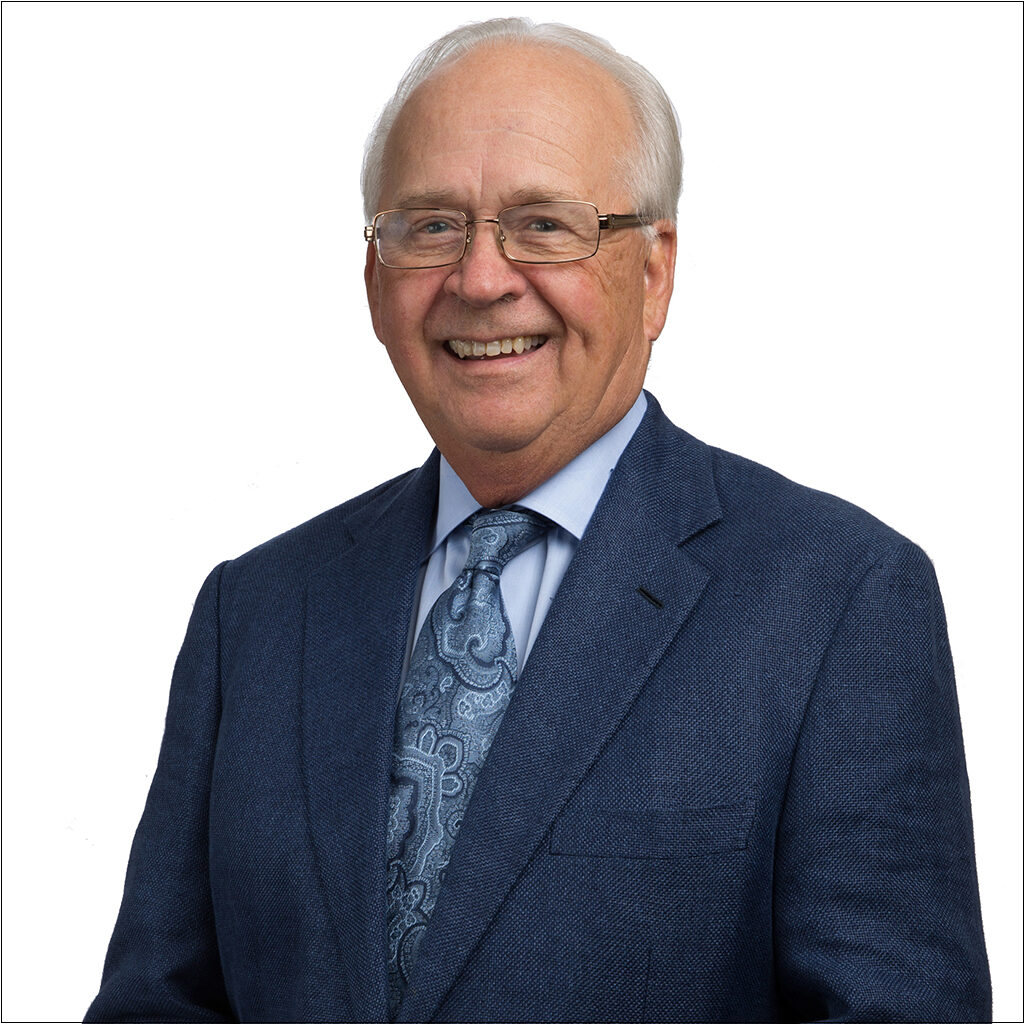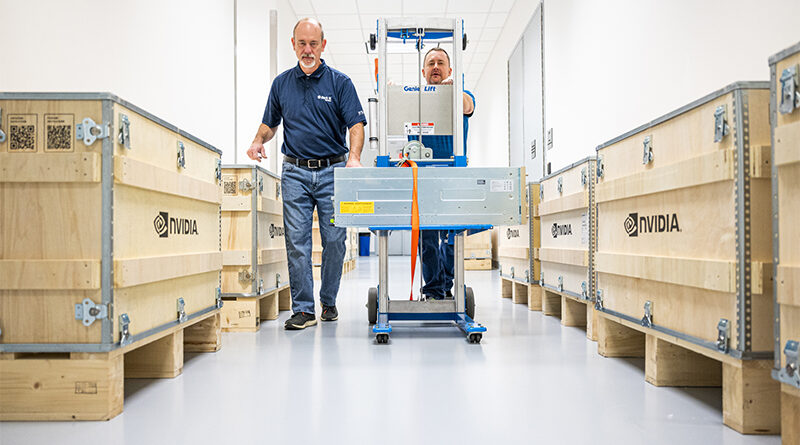Happenings on the Hill
Big investment in AI
Supercomputing at SMU is getting, well, more super.
A collaboration with industry leader NVIDIA will boost the university’s supercomputer memory tenfold and set the stage for artificial intelligence (AI) and machine learning 25 times faster.

“Research universities like ours have an obligation to actively engage in the development and application of AI for societal good, and this partnership gives us the tools to do it,” said SMU President R. Gerald Turner.
The $11.5 million investment in hardware, software, and training also will provide tangible benefits for North Texas, university and city leaders said.
“Through research collaborations built on SMU’s capabilities in artificial intelligence, we have the potential to boost our city’s booming economy, improve our workforce, and learn to solve major challenges that we face,” Dallas Mayor Eric Johnson said.
Bond, molecular bond
SMU’s powerful computer also plays a prominent role as researchers and students in the Computational and Theoretical Chemistry Group (CATCO) use vibrational spectroscopy to gain new insights into how molecules interact and bond.
“Cutting-edge vibrational spectroscopy is continuously broadening our understanding of molecules and their chemical reactions,” said Elfi Kraka, the Dedman Family Distinguished Professor and chair of the Department of Chemistry.

National Science Foundation (NSF) funding allowed SMU to aquire a state-of-the-art Raman spectrometer that uses laser light to excite vibrations in a sample and reveal a wealth of information ranging from temperature to molecular disorder.
Applications of such research can go far beyond chemistry, from fine-tuning and designing new materials to understanding and modifying the biological activity in enzymes, with broad applications for health care.
Play (healthy) ball!
Despite broad participation and interest, unaddressed issues limit the positive impact of youth sports in America:
• Access to organized youth sports is limited by family income. According to the 2020 Census, only 23.4% of children aged 6 to 11 living below the poverty line participate in sports.
• The CDC reports that fewer than 24% of children are physically active every day, leading to serious health problems like childhood obesity.
• Volunteer coaches are the backbone of organized youth sports, but only 10% receive relevant training, leading to youth injury and burnout, according to the National Alliance for Youth Sports.
The Youth Sports Impact Partnership, a collaboration between SMU and the Children’s Health Andrews Institute for Orthopaedics and Sports Medicine, will take an evidence-based approach to address those issues.

“This partnership will benefit the field of sports medicine and the entire youth sports sector by focusing on injury prevention and performance through a collaborative effort for sports medicine professionals and coaches across the industry,” said Dr. James Andrews, founder of the institute.
Peter Weyand, who directs the Locomotor Performance Lab in SMU’s Simmons School of Education and Human Development, has researched the benefits of exercise and activity.
“I look forward to the opportunity to use science to inspire kids to be active, have fun and learn all at the same time,” he said.









